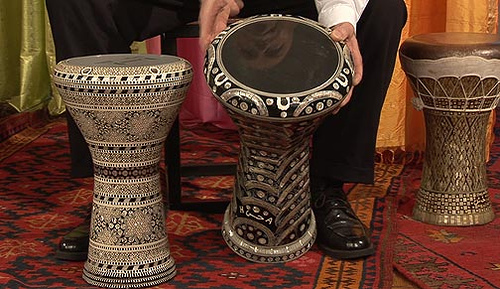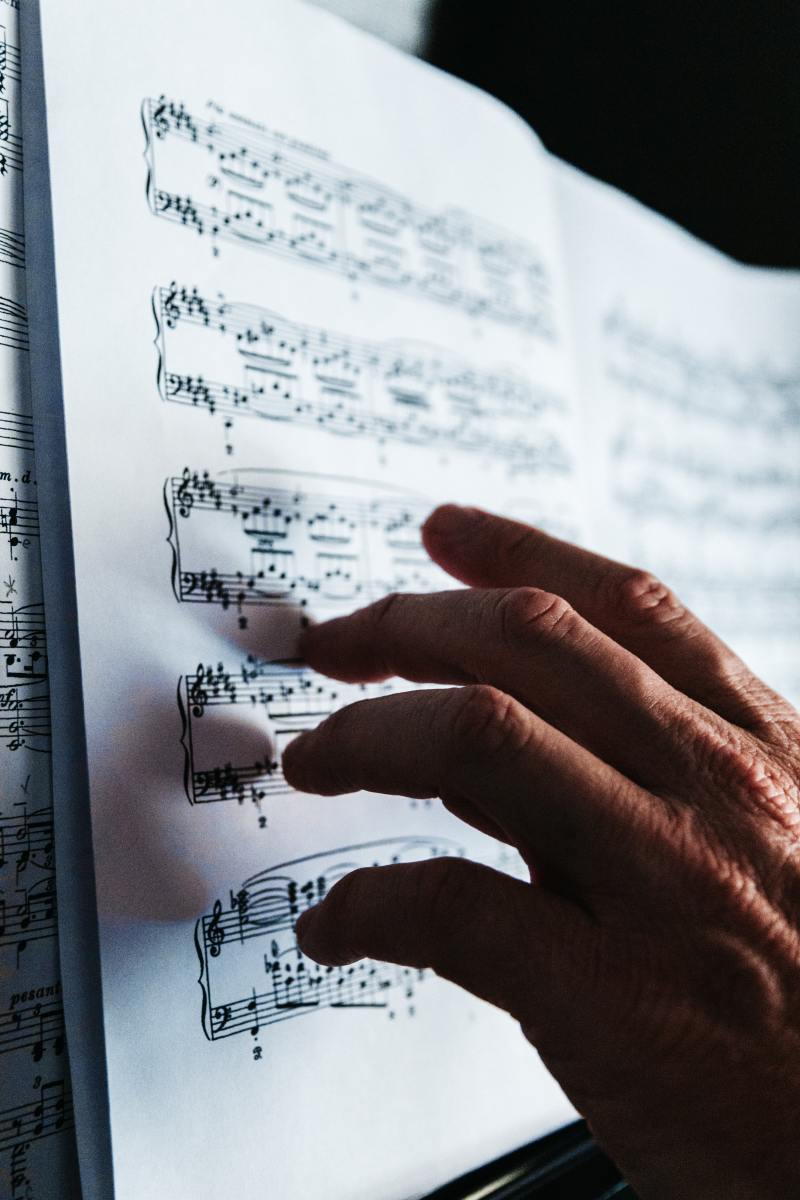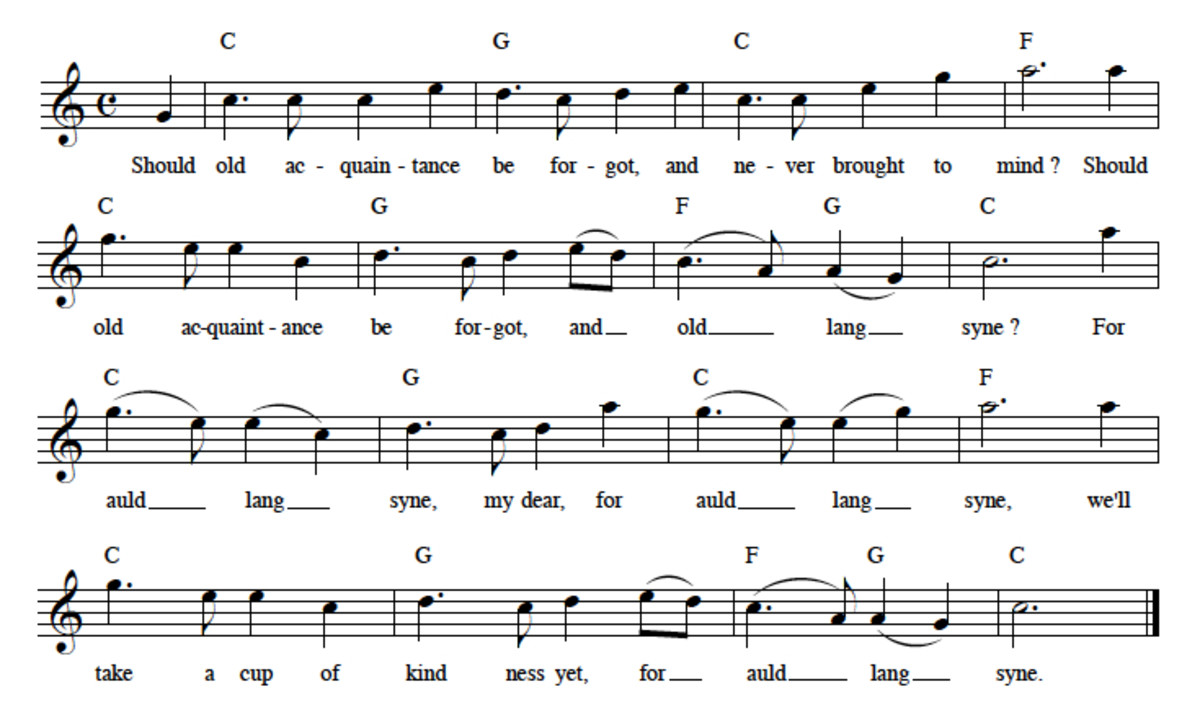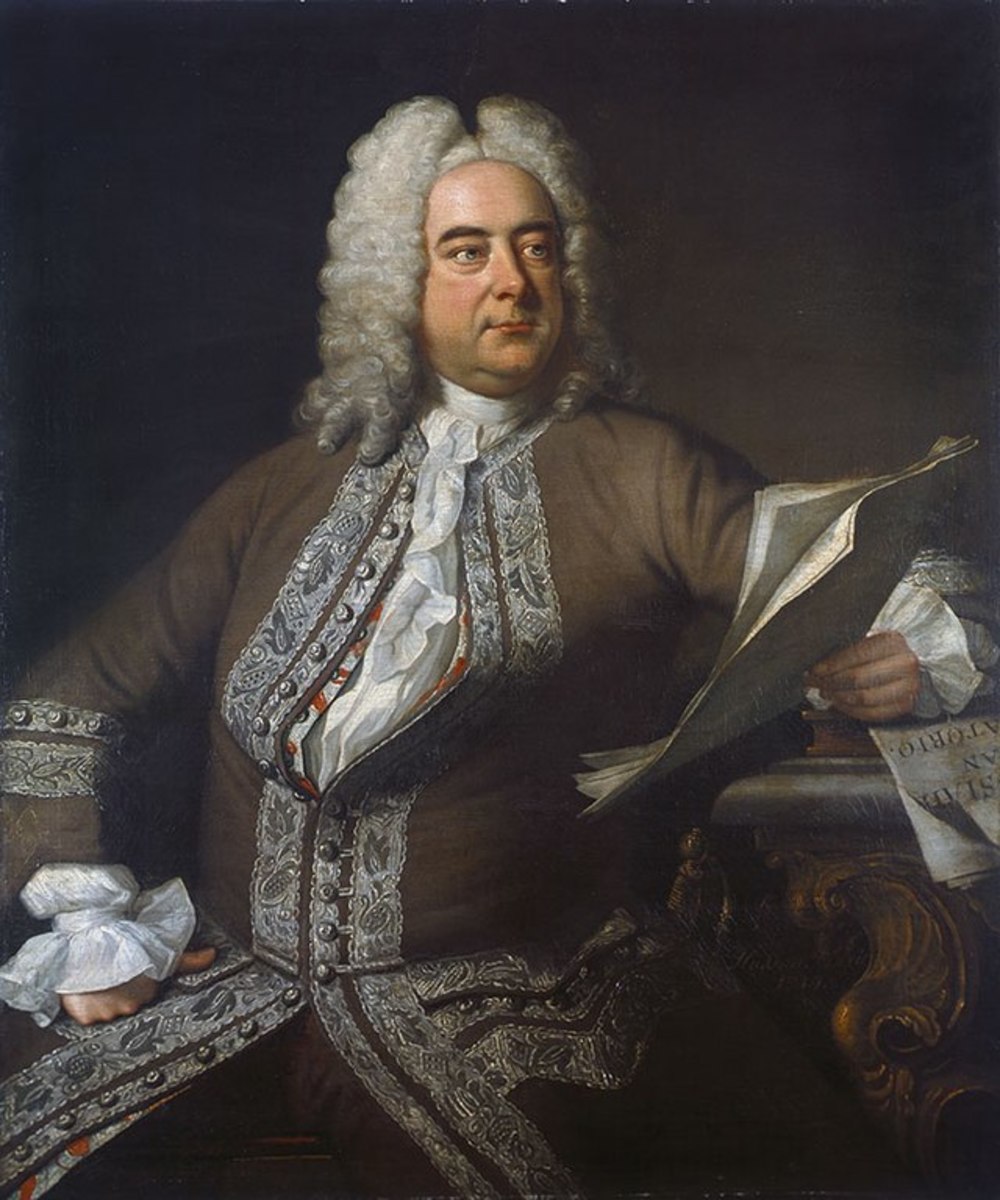Reading Rhythm in Music, Part I: What Is Rhythm?
Feeling, Reading, and Beating Musical Rhythm
The rhythm or beat of music is so important that many music method (lesson) books advise helping a student first to learn the rhythm of a piece of music before they attempt to figure out pitches or notes, fingering, phrasing and dynamics.
In fact, in one sense the rhythm could be considered the most elemental aspect of music, because it is the factor that practically everyone can relate to. Almost everyone can tap their foot or bob their head along with a beat, even if they cannot carry a tune or play any instrument, and even if they honestly can’t hear the difference between two pitches that are vastly out of tune with one another.
Here and in related Hubs are presented some principles that may be helpful for students and teachers alike, as they work to create the musical beat or rhythm that gives a specific piece its pulse.
The first principle is the chicken-or-egg question: which came first? Did the sound of the music or its visual representation in notes come first? Here, unlike with the chicken and egg, the answer is clear. The sound of the music came first. The printed note or any other visual representation of the sound is merely a translation, a way of securing the sound somewhat permanently, so that it can be taught, learned, and performed again later. But music has a soul. I hesitate to claim that it lives and breathes, but as music it exists only in the moment when it is performed. Its printed form provides instructions that enable it to “live” again at another time.


Getting Started
Second, the rhythm is not numbers or words or syllables. It is a feel. In whatever way a teacher or a book represents the rhythm to a student or fellow musician, finding the right feel of the music is the final goal, and this can be achieved in numerous different ways. For some, the use of numbers for counting may help disclose the composer’s rhythmic intentions; others prefer to use syllables or words, and some may have to rely on actually hearing the rhythm in order for it to make any sense. The precise system used probably will depend on the age and experience of the student and the preferences of the teacher.
Additionally, it is fascinating and (I think) helpful to note that all rhythm is composed of beats or pulses that occur in groups of twos or threes and combinations of twos and threes (sometimes very complex combinations). This will be explained in detail in another Hub. Suffice it to say for now that students and musicians who are somewhat analytical in nature may enjoy picking out the patterns of twos and threes, even though the youngest or least experienced ones may not be ready to grasp that principle just yet.
When a student or budding musician wants to learn how to translate rhythm from printed musical notation into living musical performance, one early step may be to listen and pick out the rhythm or beat of everything they hear (even spoken words), in order to help develop a stronger, more conscious awareness of rhythm. When the radio, CD, iPod or whatever is playing, tap your foot, bob your head, drum your fingers, or count some syllable along with the music to become more aware of the beat. Notice where the strongest and the weakest beats are, and notice how they generally alternate in specific patterns.
The True Beat
Finally, it is very important to be aware that there is an underlying beat of the music (the “True Beat") which can be felt and tapped even at the same time as the melodic rhythm, which taps or matches each and every pulse of the melody (every syllable, every change in pitch). If you sing words along with the music, you will notice that some words probably move faster than others, some are probably held out for a longer time, and there will be pauses in the words. This is true even if there are no actual “words,” even if you simply la-la-la or dum-de-dum along with the tune of the music. But even at the same time the melody is unfolding with quicker and slower notes, the underlying rhythm continues with consistency and steadiness; just how precisely steady it remains depends on the style of music being performed.
The concept of the True Beat is clarified with a couple of concrete examples in Rhythm in Music, Part II.
Watch for additional information about learning to feel, read, and count rhythm in upcoming Hubs.









